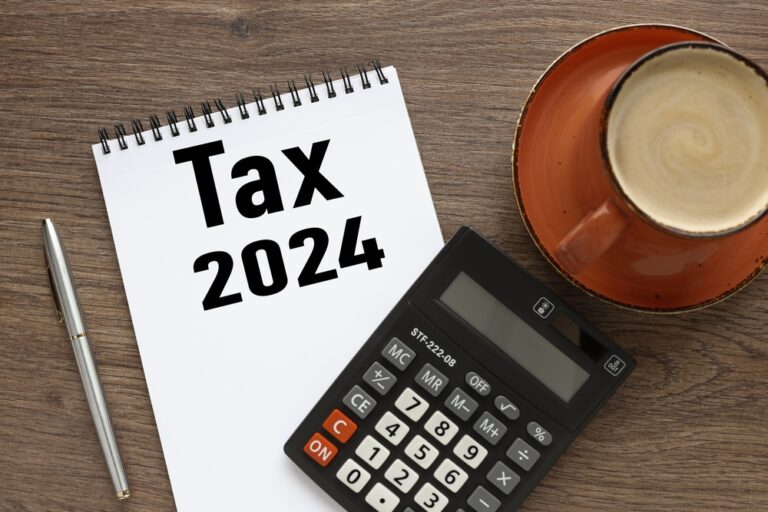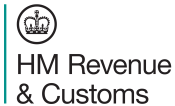The closure of a company can be costly, and there will be various practical financial matters to attend to: for example, if there are staff they may be entitled to redundancy pay; there will possibly be VAT deregistration; the submission of final accounts and tax returns to HMRC (Companies House does not require final accounts); making final creditor payments (possibly including to HMRC); ensuring all debtors have paid; possibly selling company assets; and finally closing the bank account.
However, for a director shareholder, an important consideration will be how to withdraw any accumulated profits tax-efficiently.
Distribution Less Than £25,000
Usually, when a company distributes its profits to shareholders, the recipient is liable to income tax on the payments received. However, if certain conditions are met, distributions can be treated as capital, taxable under the potentially more tax-effective capital gains tax (CGT) rules.
A solvent company is usually closed via ‘strike off’, and any distribution of surplus assets (including the repayment of its share capital represented by those assets) is legally an income distribution. However, the distribution can be treated as capital where the total amount of assets distributed is less than £25,000. Such a distribution will be subject to CGT, taxed at either 10% or 20% (for 2023/24), after deducting the annual CGT allowance and offsetting any capital losses.
Distribution Exceeds £25,000
Should the £25,000 limit be exceeded, the whole distribution is treated as a dividend. Tax rates of 8.75% if a basic-rate taxpayer, 33.75% if a higher rate, or 39.75% if an additional-rate taxpayer (after taking into account the dividend allowance of £1,000 for 2023/24) makes the extraction of the final shareholders’ funds expensive, even more so if usual dividend payments have been withdrawn before cessation.
One potentially tax-efficient consideration is to make a final pension scheme payment. If the director is over the age of 55 years, payment can subsequently be withdrawn from the pension scheme under the 25% tax-free withdrawal rules.
However, some companies may not have cash to withdraw, and care is needed where the distribution is of assets other than cash, as the valuation of those assets could assume significance in determining whether the £25,000 threshold is breached. Should the total distribution exceed £25,000, the company will be effectively forced to incur the additional costs of a formal liquidation.
In a liquidation, all distributions made during the process are normally treated as capital subject to CGT. If timed right, such distribution payments can attract the individual’s CGT annual exemption for more than one tax year, although as the allowance is now £6,000, this is not quite the tax benefit it once was.
Insolvent Company
He above assumes the closing company is solvent, but many companies close because they cannot pay their debts. An insolvent company can enter liquidation either via a creditors’ voluntary liquidation (CVL) or be forced to close by a disgruntled creditor (including HMRC) under a compulsory liquidation.
A CVL comes at a cost, but opting for a CVL over compulsory liquidation gives the director more control over the process and immediate relief from debt. The assets will be sold and any outstanding debts will be written off.






